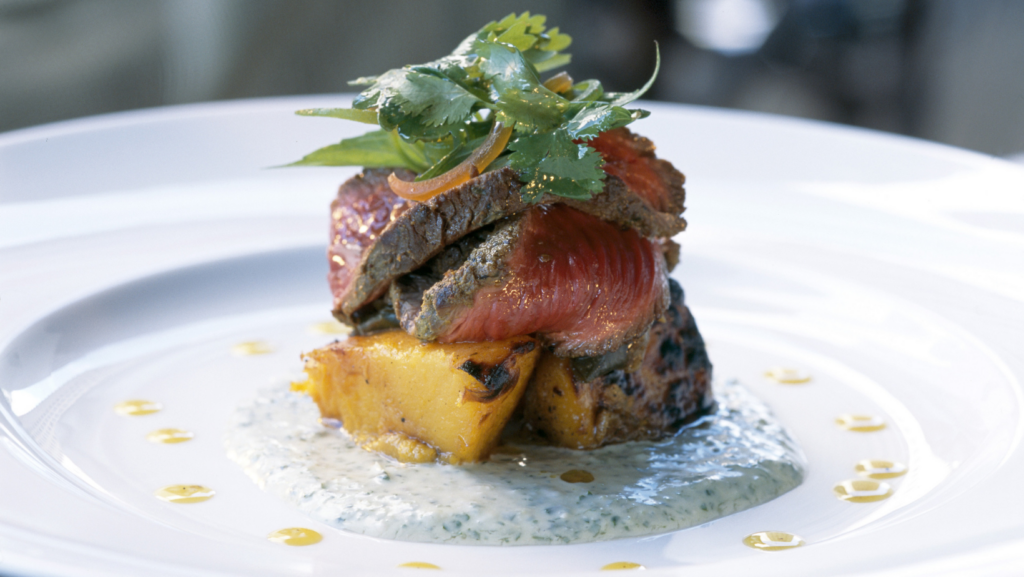The world of culinary crafts is a vibrant symphony of taste, color, and creativity. It’s a realm where the art of cooking meets the beauty of presentation, transforming everyday meals into masterpieces. Whether you’re a seasoned chef or a home cook, there’s always something new to learn and explore in this fascinating field.
Culinary crafts aren’t just about creating delicious dishes, they’re about telling a story through food. It’s the intricate garnishes that catch your eye, the carefully chosen colors that set the mood, and the innovative techniques that push the boundaries of what’s possible. Stay tuned as we delve into the captivating world of culinary crafts, offering insights, tips, and inspiration for your next culinary adventure.
Culinary Crafts
Elucidating the realm of culinary crafts provides an exploration into how the delicacy of presentation merges with the robustness of cooking. A keen understanding of culinary crafts is not simply limited to following a set of instructions, but involves leveraging creativity, ingenuity, and a passion for the extraordinary. Below, let’s delve deeper to unravel the subtleties and phenomena that define culinary crafts.
The Art of Food Presentation
In the sphere of culinary crafts, food presentation magnifies the appeal and taste perception of the dish through aesthetic arrangement. Garnishes, engaging contrasts, and layering of textures are more than just ways to fill the plate, these expressions turn the plate into a canvas brimming with beautiful works of cuisine.
Essential Tools for Culinary Crafting
Knives and Carving Tools
Among the most indispensable tools in culinary crafting, one finds knives and carving tools. Different recipes call for distinct cutting techniques, hence varying types of knives. For instance, a chef’s knife, known for its balance and versatility, proves crucial during meal preparation.
Carving tools, on the other hand, offer an edge in food presentation. Three-dimensionally carving fruits and vegetables, hence creating intricate garnish designs, becomes achievable with a simple set of carving tools.
Molds and Shapers
 Culinary artisans employ molds and shapers to breathe life into their creations. Molds apply to a wide spectrum of dishes – from intricately shaped sweet treats to savory dishes with an artistic touch. Examples include petit fours and individually portioned terrines, each exhibiting restaurant-level precision at home.
Culinary artisans employ molds and shapers to breathe life into their creations. Molds apply to a wide spectrum of dishes – from intricately shaped sweet treats to savory dishes with an artistic touch. Examples include petit fours and individually portioned terrines, each exhibiting restaurant-level precision at home.
Shapers, on the other hand, add depth and structure to plated desserts. For instance, a tart shaper assists in crafting uniform tarts, while a ravioli stamp ensures perfectly squared raviolis – every time.
The Role of Culinary Schools in Preserving Culinary Crafts
Culinary schools serve as primary proponents in preserving and perpetuating culinary crafts. These institutions stand as gatehouses of traditional culinary techniques, such as fermenting and pickling, rooting these methods firmly in the present day whilst propelling them into the future.
Curriculum Focus on Artisanal Skills
Culinary schools tend to prioritize a curriculum centered on artisanal skills. Indeed, detailed knowledge of traditional techniques forms a significant part of a culinary student’s education. For instance, students learn about the art of making sourdough bread, a craft which requires precise measurements, diligent practice, and a deep understanding of yeast fermentation. Similarly, the intricacies of charcuterie, with its focus on preserving meats through methods such as curing and smoking, constitute yet another aspect of artisanal learning in culinary schools.
Hands-On Learning Experiences
Practical experience forms the backbone of culinary education. Rather than simply studying theoretical concepts, students in culinary schools engage in hands-on learning experiences. They practice culinary crafts firsthand, carefully mastering techniques under the watchful eyes of seasoned chefs. This could involve delicately garnishing a plate to enhance its presentation, molding a handcrafted ravioli, or fermenting kimchi, a traditional Korean dish. It’s these tangible experiences that build proficiency in culinary crafts and help to keep these traditions alive in the modern culinary landscape.
learning experiences. They practice culinary crafts firsthand, carefully mastering techniques under the watchful eyes of seasoned chefs. This could involve delicately garnishing a plate to enhance its presentation, molding a handcrafted ravioli, or fermenting kimchi, a traditional Korean dish. It’s these tangible experiences that build proficiency in culinary crafts and help to keep these traditions alive in the modern culinary landscape.
Must Know
Culinary crafts are a testament to the blend of artistry and skill in the kitchen. The article’s exploration of this realm, from traditional techniques to the use of advanced technologies, reflects the dynamic nature of the culinary world. The importance of culinary schools in preserving heritage skills resonates, as does the role of home cooks in applying professional techniques.
